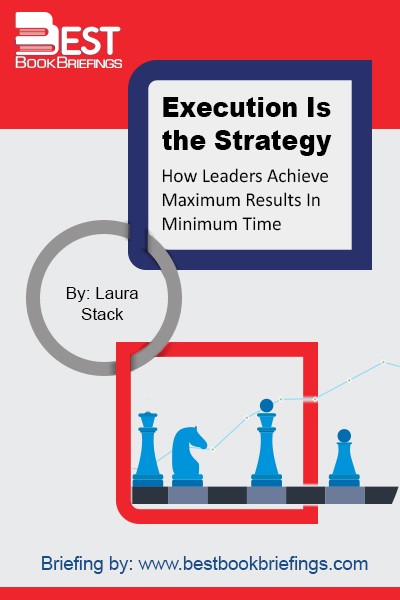Execution Is the Strategy
How Leaders Achieve Maximum Results In Minimum Time
Number of pages: 280
Publisher: Berrett-Koehler Publishers
BBB Library: Operations Management
ISBN: 9781609949686
Editorial Review
Today, leaders lean more on their team members to help them make solid, reliable decisions on how to best execute the objectives that advance the ultimate organizational strategy. That’s why execution is the strategy. You can’t strategize your way to greatness; you execute your way there! Strategy can’t be separate from execution, as it used to be, and you have to continually adjust your strategy to fit new realities. This book shows you how to quickly drive strategic initiatives and get great results from your team. You will learn how to arm your troops more effectively and execute strategy on the front lines. If your goal is to come out with a strategy that facilitates implementing your task, product, or service in the smoothest, fastest, most cost-efficient way, join us on our journey.
Book Reviews
Books on Related Topics
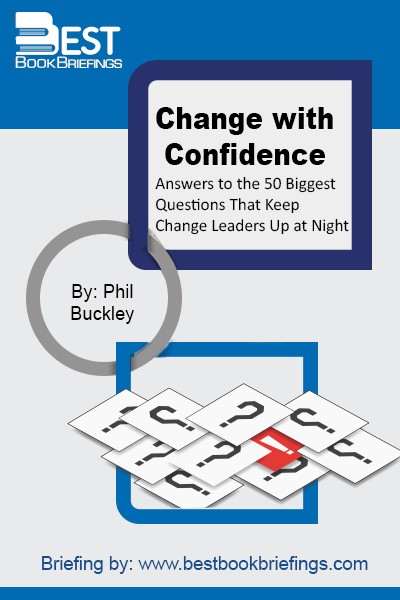
If you have been charged with leading a change initiative, chances are you were chosen for the job—that is, you didn’t volunteer, but rather were tapped to lead or manage a large change project. You may have been given a short briefing and left to your own devices to succeed or
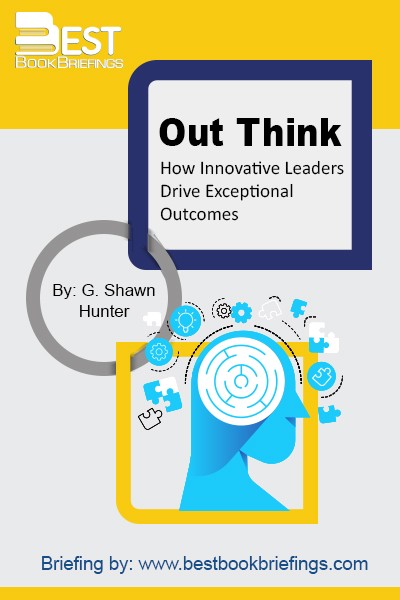
Organizations are succeeding by being open to innovation. Amazon went from being an online bookseller to a powerhouse when it started offering a wide variety of web-based services. Google and Apple have added a host of online services to their core competencies. And Toyota has enjoyed a decade-spanning, market-dominating run owing

If someone does you wrong in business or in life, should you bargain with them or ignore them and go straight to warfare or litigation? This is actually a highly strategic question and one of the most challenging issues in any negotiation. If you attempt to make a deal with the

The instrument panel in a fighter jet plane is screaming out information, the horizon is a blur, the wingman is occupied, the pilot is busy, the jet is hanging on the edge and there is a mission to be accomplished. What you might ask; does this have to do with the
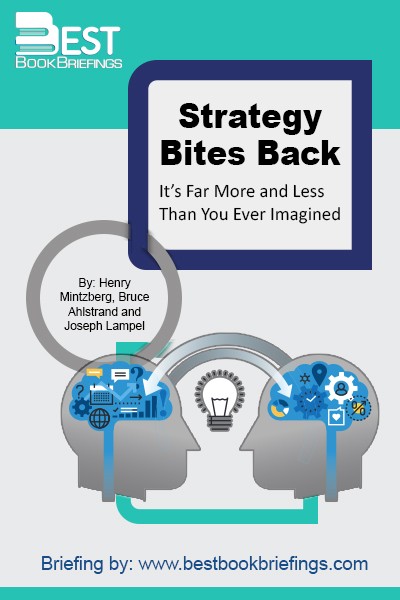
The Malcolm Baldrige Award is given annually to companies that have extremely high quality. In 1990, the Wallace Company, a family-run distributor of pipes and valves in Houston won in the small business category. Unfortunately, glowing reviews about the company didn’t transfer into results. Quality alone wasn’t the recipe for success.
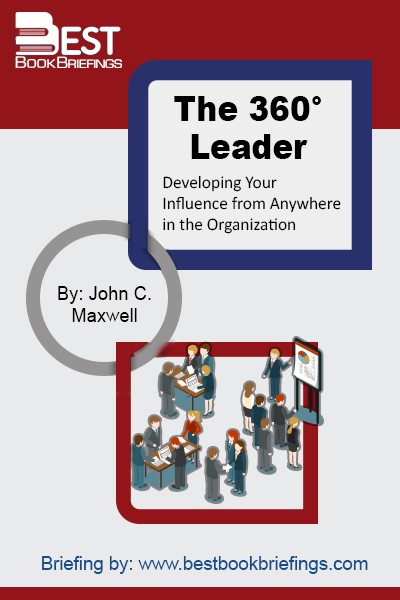
Leadership experts and specialists estimate that 99% of all leadership occurs not from the top but from the middle of an organization. Usually, an organization has only one person who is the leader. So, what do you do if you are not that one person? Leading in all directions will require

